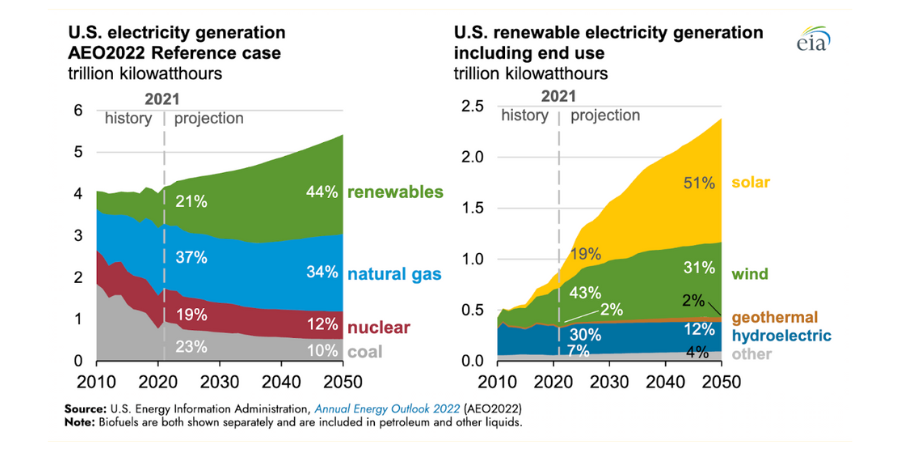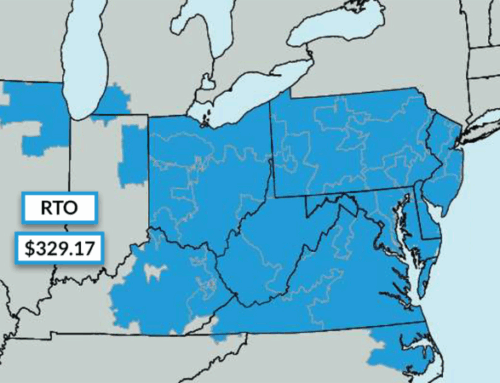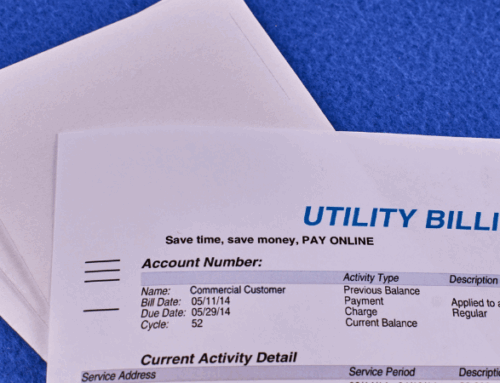As the world continues to transition to renewable energy and decarbonize, the role of innovation and technology is driving renewable energy adoption. In this article, we will explore some of these innovations and how businesses can implement renewable energy into their existing energy strategies. We will explore solar, wind, storage, smart grids, and power-to-gas applications in detail.
Solar Energy Advancements
Solar is projected to be the largest contributor to new electricity generation by 2050. In fact, the EIA predicts that 51% of all renewable energy generation by 2025 will come from solar.
U.S. Renewable Energy Growth 2010 – 2050

Some of the contributing factors to this growth include advancements in solar panel efficiency, new regulations allowing easier solar integration into the electric grid, and the increasing trend of installing behind-the-meter solar applications at commercial, residential, and industrial sites.
Wind Energy’s Role
Wind energy is playing an increasingly important role in global energy generation. Wind applications are being installed onshore and offshore and help to contribute to more renewable energy supply in the market. Behind-the-meter wind can help consumers reduce energy prices and contribute to their decarbonization goals. Wind, however, is a very intermittent energy source and there are several challenges around integrating and interconnecting wind to the central electricity grid.
Energy Storage
Batteries are becoming the star of grid stability. These resources allow excess generation to be stored for use at a later time or to be dispatched to help with frequency regulation on the power grid. Some of the types of battery technologies include lithium-ion, solid-state, and redox flow batteries. Today, there are many new policies allowing batteries to participate in the wholesale electricity market by registering as participants and participating in ancillary services, capacity, and energy markets. For behind-the-meter applications, commercial storage solutions can help consumers with peak shaving and renewable energy adoption.
Smart Grids & Grid Modernization
As energy security risk and load demand grow, the central electric grid is looking for alternative solutions. Smart grids are becoming increasingly popular in rural communities and for large industrial applications. These technologies integrate an array of energy solutions such as IoT sensors, building automation, distributed energy resources, and AI-driven analytics to create independent microgrids. These electric systems allow for the seamless integration of renewable energy, such as solar, without having to go through the approval processes of interconnecting to the RTO/ISO.
Power-To-Gas (PtG) Technology
Power-to-Gas (PtG) is an innovative energy conversion technology that transforms surplus electricity from renewable sources into gas fuels such as hydrogen or methane. Through a process called electrolysis, PtG uses excess power to split water into hydrogen and oxygen. That hydrogen can then be stored in a battery, used as a fuel, or combined with carbon dioxide to create synthetic methane gas.
This technology is particularly applicable for long-duration energy storage. PtG also has significant applications in industrial heating systems as an energy efficiency measure. This process holds enormous potential to support the integration of electricity and heat in a CHP fashion.
Trends & Market Momentum
As the demand for electricity continues to grow, there will be increased investment in renewables to help support the load. Grid operators utilize advanced modeling techniques such as the Load Duration Curve to predict usage and plan accordingly. Renewable energy generation is moving up the dispatch sequence more regularly to help balance the system. Furthermore, policies around tax incentives and renewable energy credits (RECs) are motivating consumers to invest in behind-the-meter technologies, which ultimately lessen demand on the central system. Today, there is an immediate need for new generation to keep pace with data center demand. System operators are still struggling to find structured ways of implementing new technologies into the dated electrical system.
Ready To Learn More?
In such a rapidly evolving market, staying informed about new energy technologies and being proactive is essential. Companies that embrace innovation today will be better positioned to control costs, meet regulatory requirements, and future-proof their operations. Working with a trusted advisor like Diversegy can help you navigate these technologies and uncover customized energy strategies that align with your facility’s goals. Contact our team today for more information.



